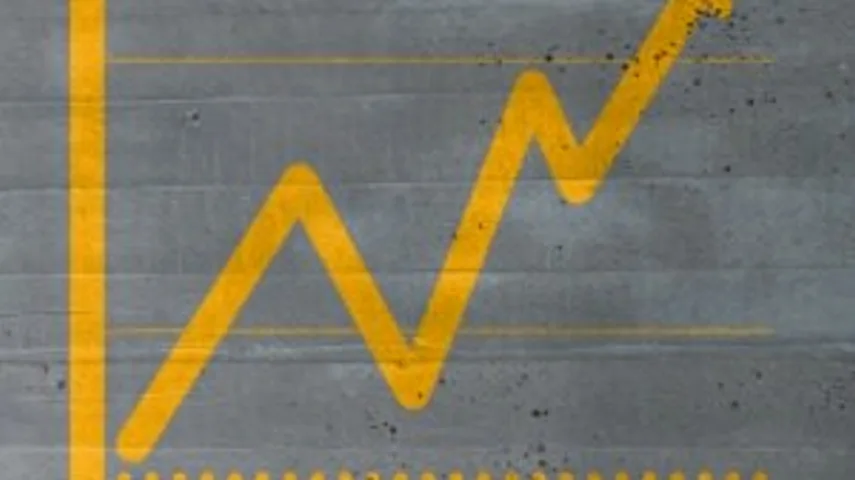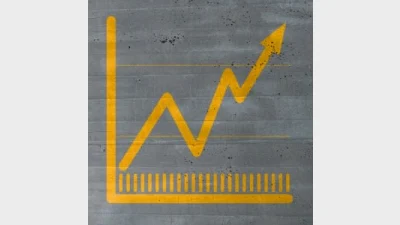SG rise means extra $19,000 at retirement



The legislated increase in the super guarantee (SG), which will rise in annual 0.5% increments from 1 July, will mean an extra $19,000 in the average Australian worker’s super nest-egg at retirement, according to the analysis by the Association of Superannuation Funds of Australia (ASFA).
The study, which looked at the impact of the 1 July increase in the SG to 10% on retirement balances, said the long-term benefits of the system reaching 12% on 1 July, 2025 would be even greater.
“For the average Australian worker, the change will mean an extra $85,000 in super at retirement,” ASFA deputy chief executive and chief policy officer, Glen McCrea, said.
"By 2050, that number is set to double as a result of the super system moving to 12%. It’s a significant shift which will underpin Australia’s fiscal sustainability by diminishing the reliance on the age pension.”
ASFA’s examination of the impact at retirement of the SG increases for an average 30-year-old worker, living in various states across the country.
Source: ASFA
The increase in the SG to 12% would also double the proportion of Australian workers who would reach the ASFA Comfortable Standard at retirement set at $545,000 for a single person.
According to ASFA, currently only 25% of Australian population were in apposition to self-fund their retirement.
Recommended for you
The super fund has significantly grown its membership following the inclusion of Zurich’s OneCare Super policyholders.
Super balances have continued to rise in August, with research showing Australian funds have maintained strong momentum, delivering steady gains for members.
Australian Retirement Trust and State Street Investment Management have entered a partnership to deliver global investment insights and practice strategies to Australian advisers.
CPA Australia is pressing the federal government to impose stricter rules on the naming and marketing of managed investment and superannuation products that claim to be “sustainable”, “ethical”, or “responsible”, warning that vague or untested claims are leaving investors exposed.











